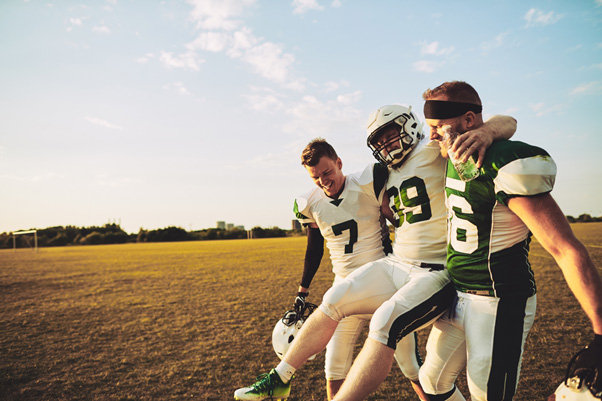
Any athlete will tell you that an anterior cruciate ligament (ACL) tear is one of the most dreaded injuries in sports. Once an ACL tear has occurred, the knee becomes unstable and weak.
The basic function of the ACL is to stabilize your knee. The ACL can be injured by a direct impact to the knee or by landing awkwardly from a jump, abrupt changes in direction when running, sudden deceleration, and pivoting movements. All of these movements can put a lot of stress on the ACL causing it to tear.
Common signs and symptoms of an anterior cruciate ligament (ACL) tear are:
- A popping sound or sensation in the front part of the knee
- Severe pain
- Inability to bear weight
- Rapid swelling of the knee
- Loss of range of motion
The swelling and pain may last a few weeks and then start to subside. Once the swelling has reduced you may not experience discomfort or a ‘giving-way’ in the knee with activities of daily living but return to sports or vigorous activity can cause your leg to buckle.
If an ACL tear is suspected, your doctor might order an MRI scan to identify the site of injury. In case of a partial tear, knee arthroscopy may give a more accurate diagnosis. Surgical repair of the torn ACL ligament involves replacing the torn ligament with a graft obtained from the tendon below the kneecap or the hamstring.
ACL injuries are common but are considered serious. Treatment approaches vary depending on the severity of the tear, the patient’s age, and fitness level. Your doctor will recommend an appropriate course of treatment after a thorough evaluation.
Many people with ACL tears elect to have surgery so that they can return to the activities or sports they enjoy. If your activity level isn’t as high, surgery may not be necessary. However, a torn ACL won’t heal on its own.
A torn ACL is a common injury, especially among athletes, but it does not have to mean the end of sports and activities. Make an appointment to have your knee evaluated and a treatment plan made for getting you back in the game.









